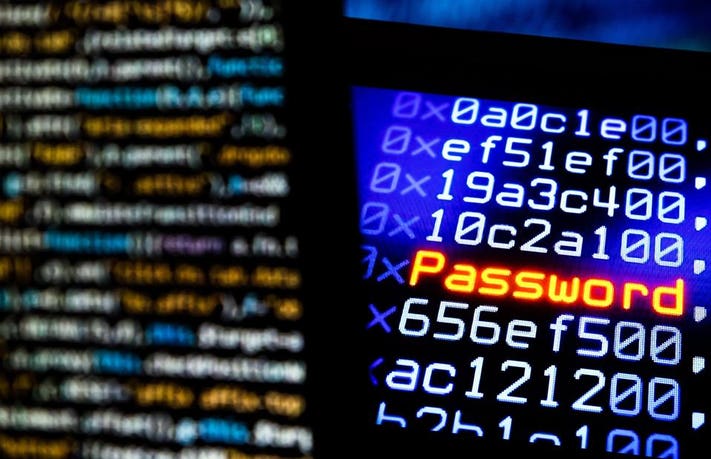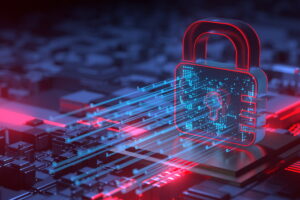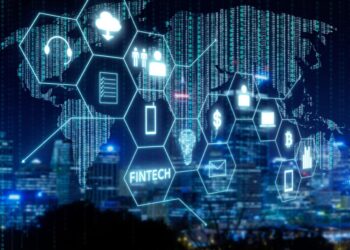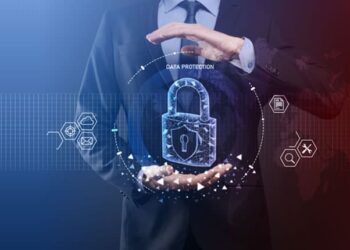The digital asset space, encompassing everything from cryptocurrencies and NFTs to tokenized real estate, has grown from a niche curiosity to a multi-trillion-dollar market. As this new economy expands, so does the paramount importance of security. Unlike traditional assets, which are protected by physical vaults and regulated financial institutions, digital assets exist in a virtual realm where the only real defense is a robust and intelligent security infrastructure.
The history of this nascent industry is littered with cautionary tales of hacks, scams, and lost fortunes, serving as a constant reminder that with great digital potential comes even greater security risks. This article delves into the critical methods, technologies, and philosophies essential for securing digital assets in a rapidly evolving and often unpredictable landscape. It’s a journey that moves beyond simple passwords and into the complex world of cryptography, behavioral analytics, and decentralized identity, all aimed at safeguarding the future of finance.
The very nature of digital assets makes them both revolutionary and vulnerable. They offer unparalleled speed, transparency, and accessibility, but this also means they are always online and a tempting target for cybercriminals worldwide. The decentralized and pseudonymous characteristics that make crypto so appealing also make it a haven for illicit activity and a challenge for traditional law enforcement.
As such, the responsibility for security falls heavily on both the platforms that custody these assets and the individuals who own them. The new era of digital asset security is defined by a shift from reactive defense to proactive, multi-layered protection. It’s about building a digital fortress, brick by cryptographic brick, to protect value in a world without physical boundaries.
The Three Pillars of Digital Asset Security
Effective security for digital assets is not a single solution but a comprehensive strategy built upon three fundamental pillars: technological innovation, robust operational practices, and human awareness. A failure in any one of these areas can compromise the entire system.
I. Technological Innovations: The Cryptographic Fortress
The foundation of digital asset security lies in cutting-edge technology that moves beyond traditional cybersecurity models.
- A. Multi-Party Computation (MPC): Traditional security relies on a “single key, single point of failure” model. MPC is a revolutionary cryptographic technique that changes this by splitting a private key into multiple shards, distributing them among various parties. No single party holds the entire key, making it virtually impossible for a single point of compromise to lead to a theft. For a transaction to occur, a quorum of these parties must agree and compute the transaction without ever revealing their individual shards. This is a game-changer for institutional investors and custodians who need to secure massive amounts of digital assets.
- B. Hardware Security Modules (HSMs): An HSM is a physical computing device that provides a secure, tamper-resistant environment for cryptographic operations. Think of it as a digital safe deposit box for private keys. When used in conjunction with other security protocols, an HSM ensures that private keys are never exposed to the public internet or a vulnerable operating system. Banks and exchanges are increasingly relying on these devices to protect their cold storage wallets, which hold the vast majority of their digital assets offline.
- C. Zero-Knowledge Proofs (ZKPs): This powerful cryptographic tool allows one party to prove that a statement is true without revealing any information beyond the validity of the statement itself. In the context of digital assets, a user could prove they own a certain amount of a cryptocurrency to a platform without ever revealing their wallet address or balance. This level of privacy and security is critical for building the next generation of financial applications and safeguarding user data.
- D. Automated Auditing and AI-Powered Threat Detection: The sheer volume of transactions on a public blockchain makes manual security auditing impossible. AI and machine learning are now being used to analyze transaction patterns, identify suspicious activity, and flag potential threats in real-time. An AI model can detect an unusual transaction—such as a large transfer to a wallet with a history of illicit activity—and freeze it for review before the funds are irreversibly lost. This proactive approach is a critical line of defense in a high-speed environment.

II. Operational Practices: The Human and Procedural Element
Technology alone is insufficient. The strongest security systems are backed by disciplined operational procedures that account for the human element, often the weakest link in any security chain.
- A. Cold Storage vs. Hot Wallets: One of the most basic but crucial security practices is the use of cold storage for a significant portion of assets. Hot wallets are online and connected to the internet, making them convenient for frequent transactions but also vulnerable to hacking. Cold storage involves storing private keys offline, often on a hardware wallet or even a paper wallet, completely disconnected from the internet. The standard practice for exchanges and large investors is to keep a small fraction of their assets in hot wallets for liquidity and the vast majority in secure cold storage.
- B. Multi-Factor Authentication (MFA): This is a non-negotiable step for any user. MFA requires two or more verification factors to gain access to an account. While a simple password can be stolen, requiring a second factor—such as a code sent to a mobile app or a physical security key—makes it exponentially harder for a hacker to compromise an account. This is the first line of defense that every individual should implement on all their digital asset accounts.
- C. The Rise of the Chief Information Security Officer (CISO): The importance of a dedicated CISO in the digital asset space cannot be overstated. This role is responsible for creating a comprehensive security strategy, implementing protocols, and fostering a culture of security awareness throughout the organization. In a space where a single error can lead to millions in losses, the CISO is the guardian of trust and value.
- D. Regular Security Audits and Penetration Testing: To stay ahead of ever-evolving threats, digital asset platforms must conduct regular security audits by independent third parties. Penetration testing involves hiring ethical hackers to try and break into the system, exposing vulnerabilities before malicious actors can exploit them. This proactive testing is essential for maintaining a high level of security.
III. Individual Responsibility: The User’s Role
Ultimately, the security of digital assets rests on the shoulders of the individual owner. No matter how advanced the technology or how robust the platform, user negligence can undo all security measures.
- A. Secure Private Key Management: The golden rule of crypto is “not your keys, not your crypto.” A private key is the sole way to access and control digital assets. Losing it means losing your assets forever. Sharing it with anyone, or having it compromised, means losing control of your assets. Individuals must use secure hardware wallets, store their seed phrases offline and in a safe place, and never, ever share their private keys.
- B. Vigilance Against Phishing and Social Engineering: Cybercriminals are experts at tricking people into revealing sensitive information. Phishing emails, fake websites, and social media scams are a constant threat. Users must be vigilant, double-checking URLs, and being skeptical of anyone asking for their personal information or private keys. The human brain is often the weakest point in the security chain, and criminals are masters at exploiting it.
- C. Understanding the Technology: Users don’t need to be cryptographic experts, but they should have a basic understanding of the technology they are using. They should know the difference between a hot and cold wallet, understand the role of a seed phrase, and be able to spot red flags in a potential scam. This basic level of digital literacy is a non-negotiable requirement for anyone who wants to hold digital assets securely.
- D. Smart Contract Security: As users engage with decentralized finance (DeFi) and other blockchain applications, they are interacting with smart contracts. A single line of faulty code can lead to the loss of all funds locked in a contract. Users must be cautious, only interacting with audited and reputable smart contracts, and understanding that even the best code can have an undiscovered vulnerability.

The Future of Security: Beyond the Black Swan
The security landscape for digital assets is a never-ending arms race. As the industry matures, we will see a shift from a focus on protecting against known threats to building systems that are resilient to unforeseen “black swan” events. This will involve the use of even more sophisticated AI models, the development of new cryptographic techniques, and a continued focus on user education. The goal is to build a financial system that is not only transparent and efficient but also inherently secure, a system where the trust once provided by banks and governments is now baked into the very code itself. This is the promise of digital assets, and security is the key to unlocking that promise.











